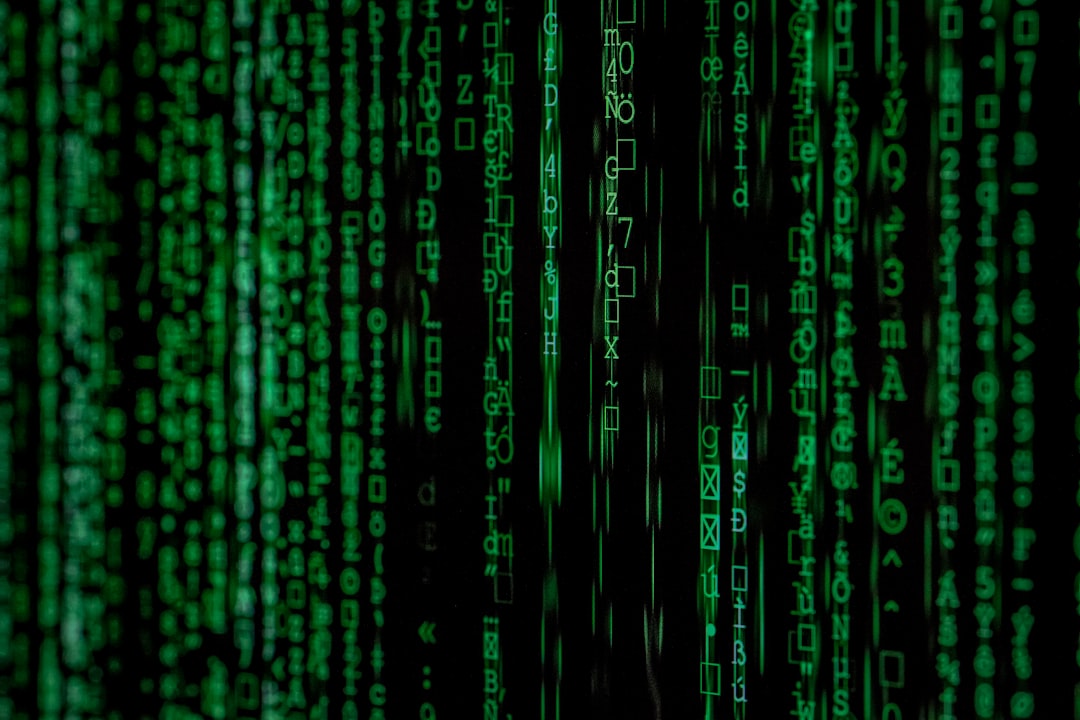Introduction
In today’s digital age, we’re bombarded with a constant stream of information, notifications, and tasks. Our inboxes overflow, our desktops are cluttered with files, and our phones buzz incessantly. This digital clutter can be overwhelming, leading to stress, decreased productivity, and a sense of being constantly “on.”
But there’s good news! Just like you can declutter your physical space, you can also declutter your digital life. This article will guide you through practical steps to tame your inbox, organize your files, and manage notifications, leaving you feeling calmer, more in control, and ready to focus on what truly matters.
A cluttered inbox is a productivity killer. Here’s how to reclaim control:
1. Implement the “Inbox Zero” Philosophy
The goal of “Inbox Zero” isn’t necessarily to have zero emails in your inbox, but rather to process and organize your emails regularly so your inbox remains manageable. Here’s how:
- Process emails immediately: Instead of leaving emails unread, decide what action you need to take (delete, reply, archive, etc.) and do it right away.
- Use the “Two-Minute Rule”: If an email can be dealt with in under two minutes, do it immediately. If not, schedule time to handle it later.
- Unsubscribe ruthlessly: Unsubscribe from newsletters, promotional emails, and anything else you don’t find valuable or interesting.
2. Organize with Email Folders and Labels
Create a system of folders and labels to categorize your emails. This makes it easier to find what you need later.
Example: Create folders for “Work,” “Personal,” “Finances,” and “Projects.” Within each folder, use labels for further categorization (e.g., “Urgent,” “To Read,” “Awaiting Response”).
3. Leverage Email Filters and Rules
Automate the organization process by setting up filters and rules. This allows you to automatically sort incoming emails based on sender, subject, keywords, and more.
Example: Create a filter that automatically sends all emails from your online shopping accounts to a “Shopping” folder.
Conquering File Chaos: Organizing Your Digital Documents
A well-organized digital filing system saves you time and reduces stress. Follow these tips:
1. Choose a Cloud Storage Service
Cloud storage services like Google Drive, Dropbox, or OneDrive offer ample storage space, automatic backups, and easy access from multiple devices.
2. Create a Logical Folder Structure
Develop a clear and consistent folder structure that makes sense to you. Avoid overly complex hierarchies.
Example: Create main folders for “Personal,” “Work,” “Finances,” and “Projects.” Within each folder, create subfolders for specific categories (e.g., within “Finances,” you might have subfolders for “Taxes,” “Bills,” and “Investments”).
3. Use Descriptive File Names
Don’t settle for generic file names like “Document1” or “IMG001.” Use descriptive file names that clearly indicate the content.
Example: Instead of “Project Report,” use a more specific name like “2023_Q4_Marketing_Report.pdf.”
4. Delete Duplicate Files Regularly
Use a duplicate file finder tool to identify and remove duplicate files taking up unnecessary space.
Mastering Notifications: Reclaiming Your Focus and Time
Constant notifications can be incredibly distracting. Here’s how to regain control:
1. Audit Your App Notifications
Go through each app on your phone and computer and disable notifications for anything that isn’t essential or time-sensitive.
2. Schedule Notification-Free Time Blocks
Designate specific times during the day (e.g., during work hours, during meals, before bed) as notification-free zones.
3. Utilize “Do Not Disturb” Mode
Take advantage of your device’s “Do Not Disturb” mode to silence all notifications except for those from priority contacts.




